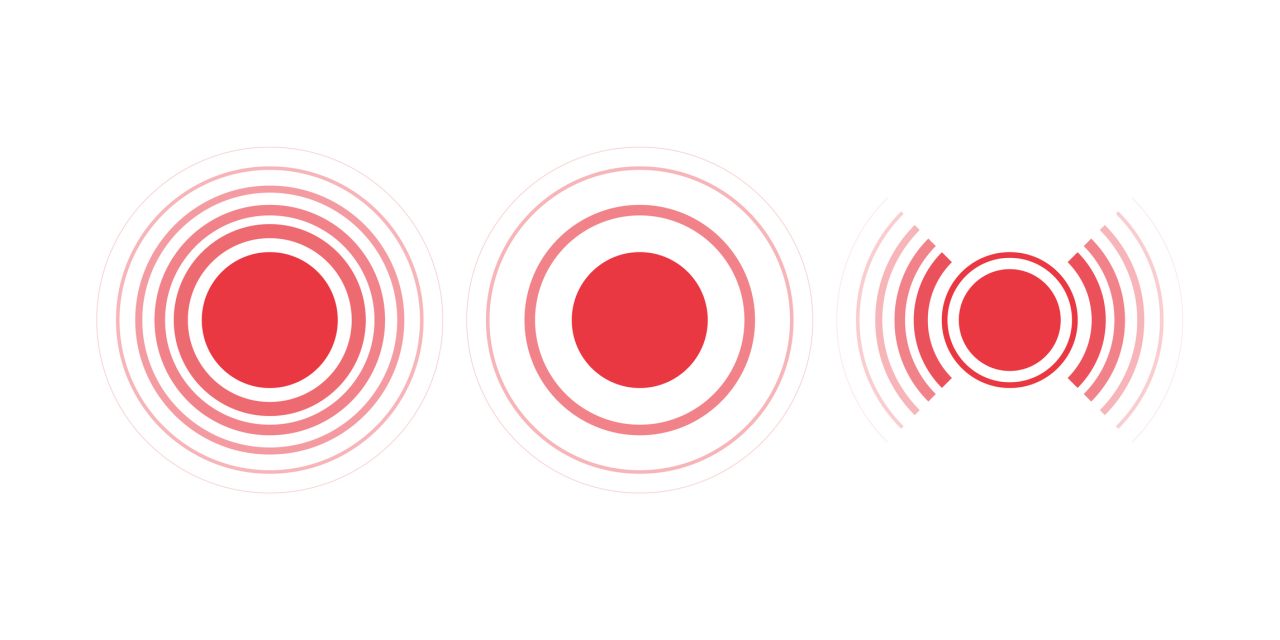The treatment of Mycobacterium tuberculosis in children is important to alleviate their vulnerability to life-threatening tuberculosis infection. Nine months of isoniazid is one of the widely accepted treatments of tuberculosis, but it is associated with toxicity and poor effects. In adults, the four-month rifampin regimen has emerged to be safer, but its effects on children are not clear. The objective of this study is to compare the efficacy and safety of rifampin and isoniazid for tuberculosis treatment in children.
This is a multicenter, open-label trial that included a total of 829 children aged 18 or less with latent Mycobacterium tuberculosis infection. The participants were randomly assigned to receive either four months of rifampin (n=422) or nine months of isoniazid (n=407). The primary outcome of the study was adverse events, and the secondary events were treatment adherence and efficacy.
A total of 60 of 422 children (85.3%) in the rifampin and 311 of 407 (76.4%) in the isoniazid group completed per-protocol therapy. No significant difference between the rates of adverse events was discovered. However, two cases of active tuberculosis were found in the isoniazid group compared to none in the rifampin group.
The research concluded that the treatment of four months of rifampin had similar rates of safety and efficacy, along with a better rate of adherence than nine months of isoniazid treatment in children with tuberculosis infection.
Ref: https://www.nejm.org/doi/full/10.1056/NEJMoa1714284


